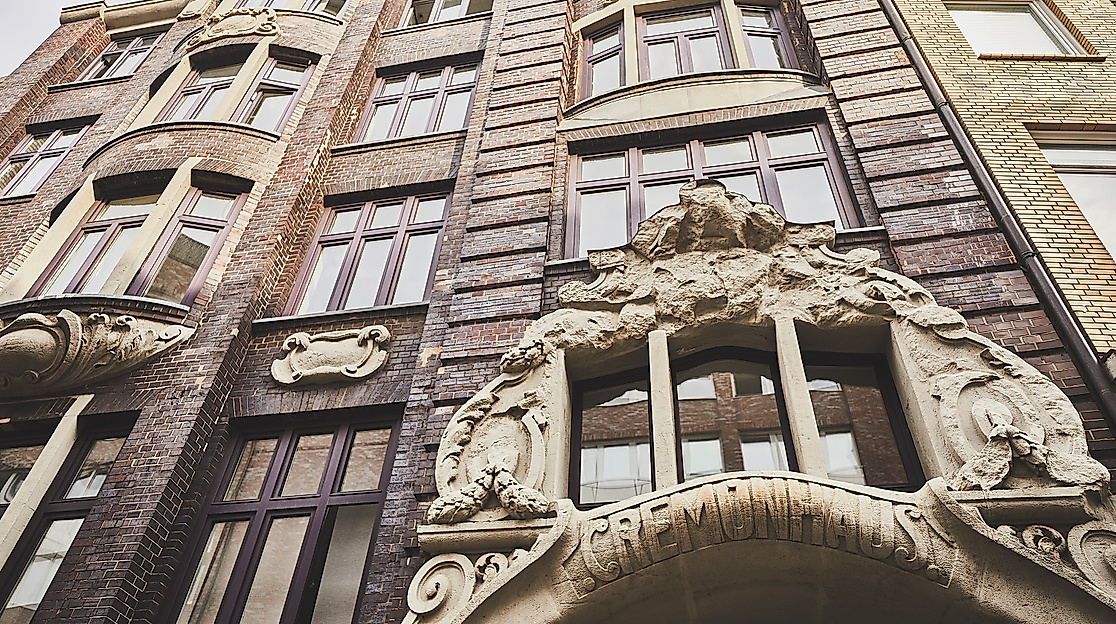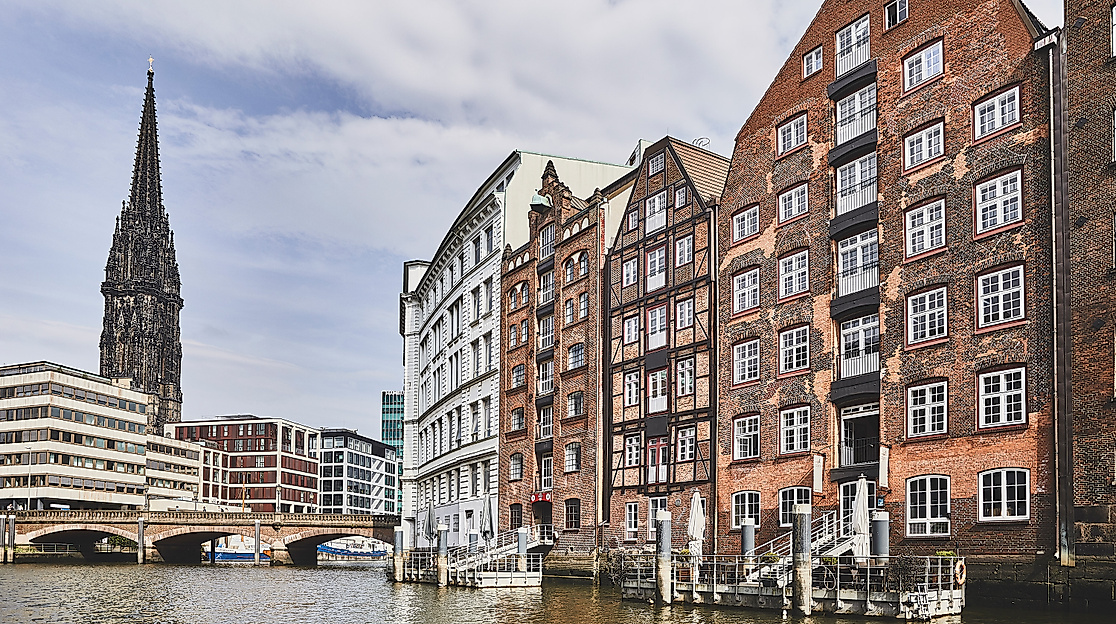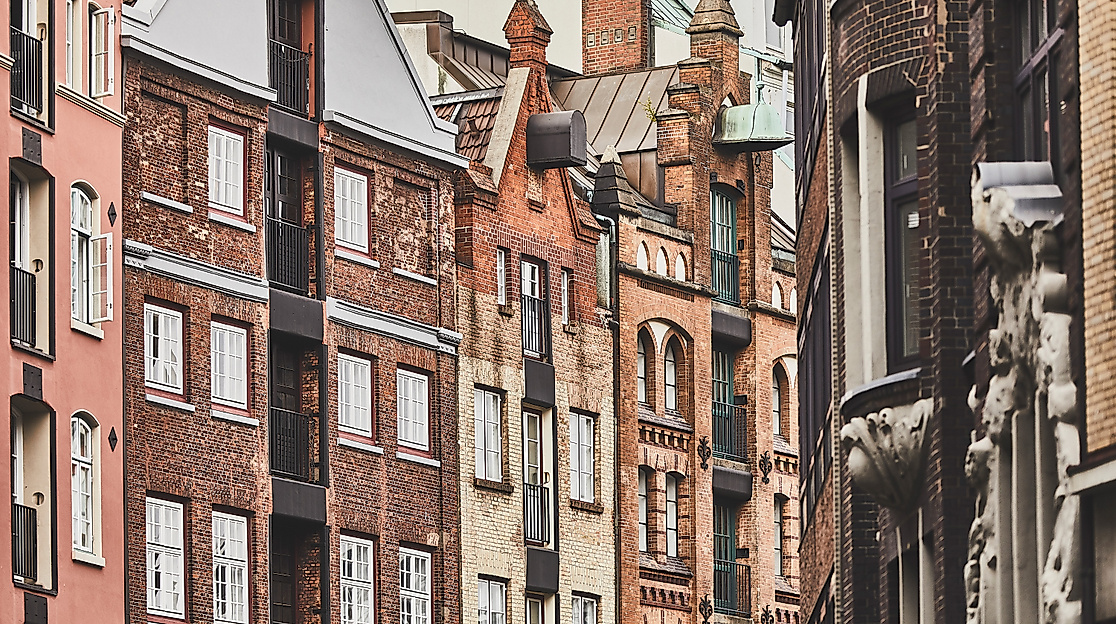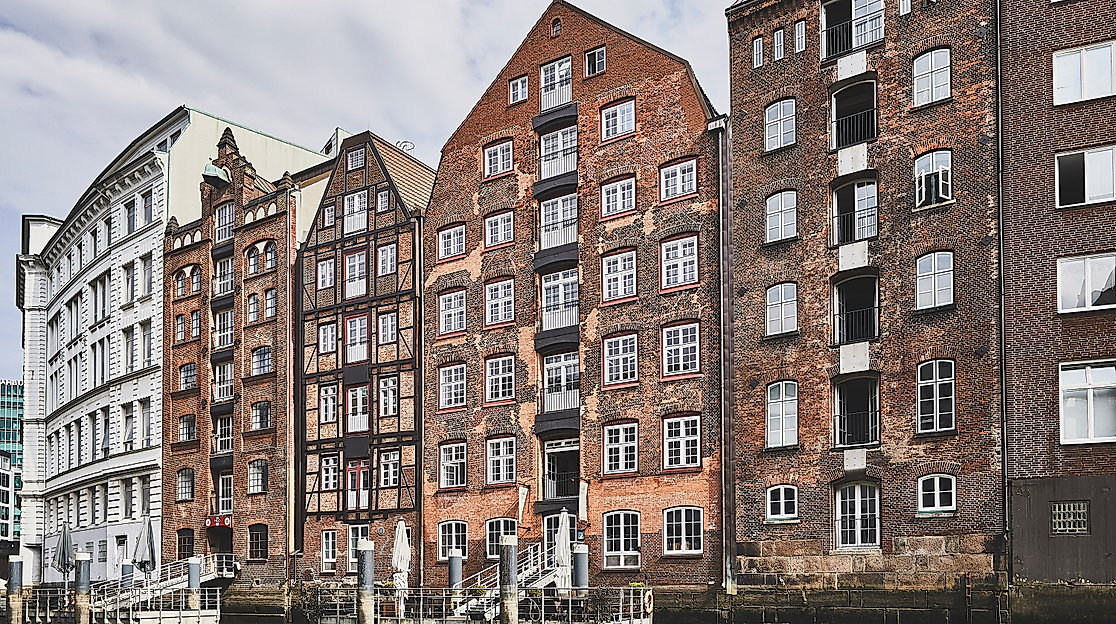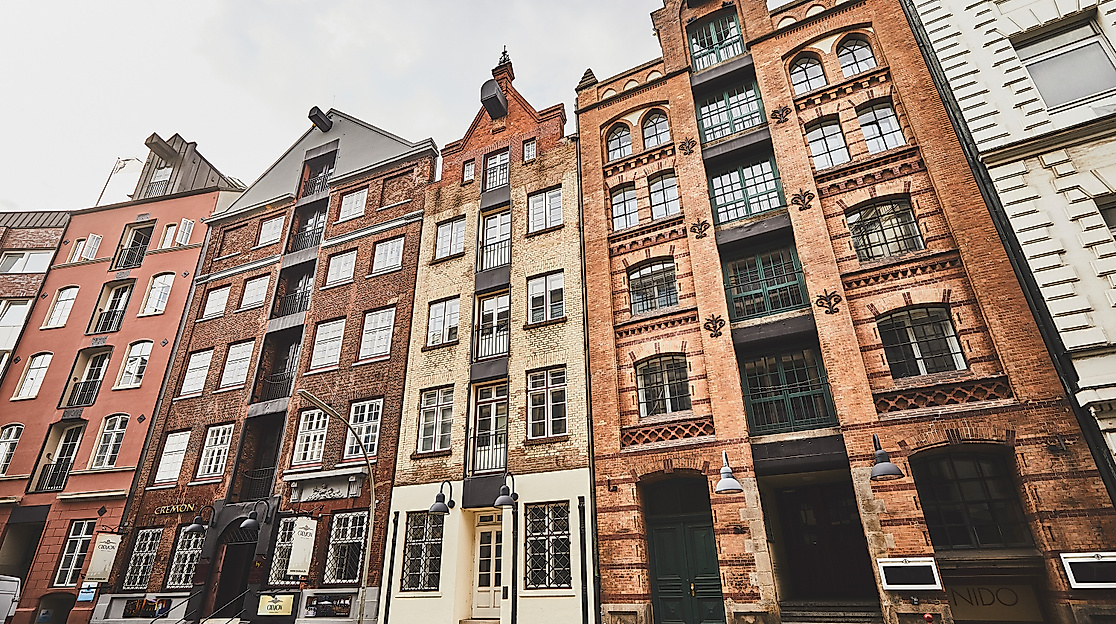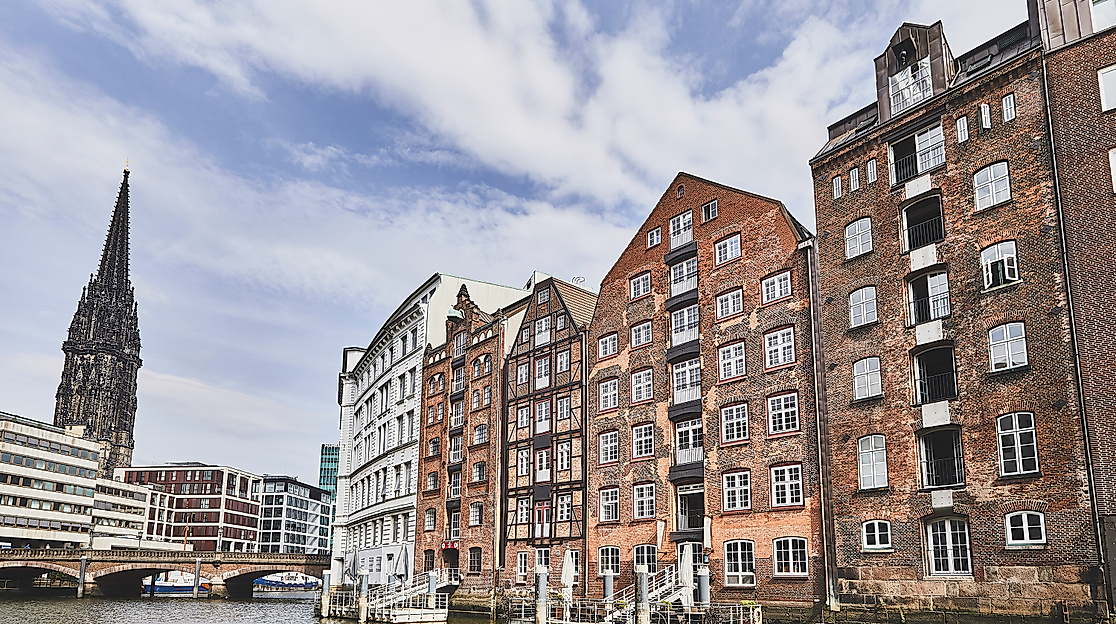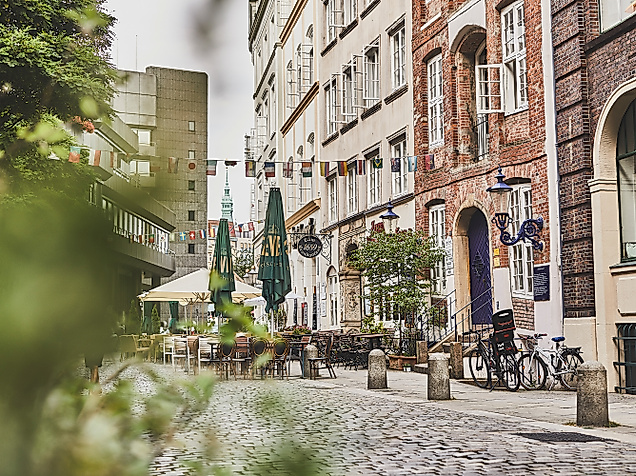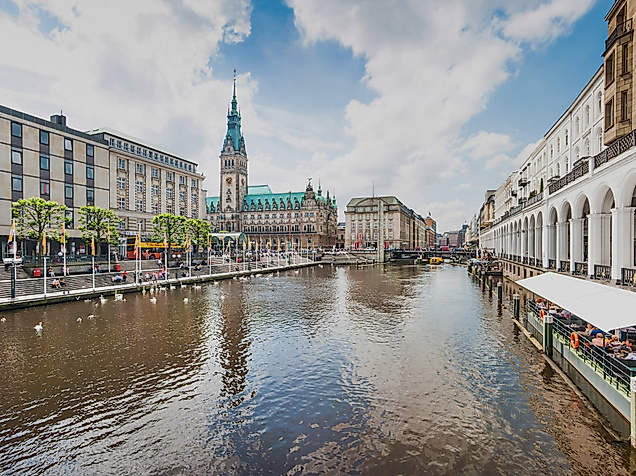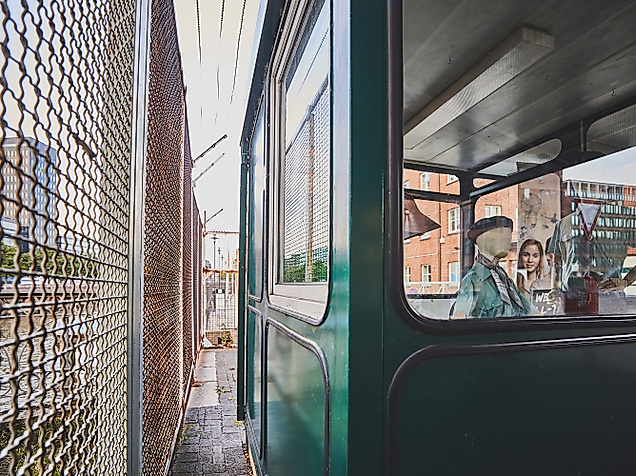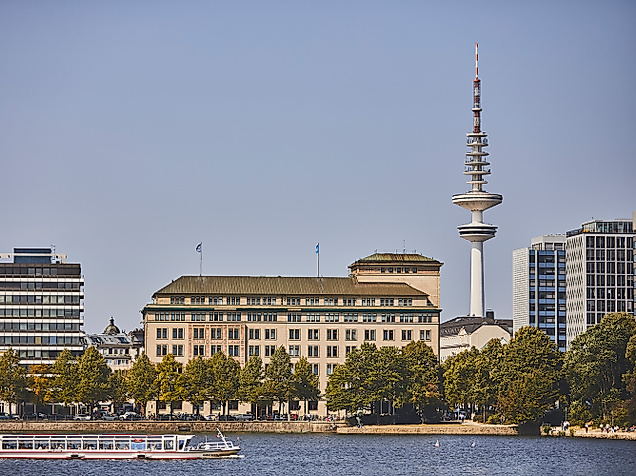Cremon, in Hamburg’s old city, is part of the city’s history and the eponymous street of Cremon Island. There were once warehouses and residential dwellings on the canal and on a street front so that goods could be sent and received via water as well as land.
It is no longer clear what Cremon means, but it may indicate a one-time resident or a street crossing reminiscent of the crescent moon. The first written mention of the street is in 1251. Cremon Island naturally includes the Cremon, but also the Katharinenstraße and Katharinen canal, Steckelhörn and Bei den Mühren.
The Cremon withstood the Hamburg fire of 1842, but much of it fell to air attacks during the Second World War. Accordingly, only a few buildings are extant today. The last warehouses are in the house numbers 33 to 36.
